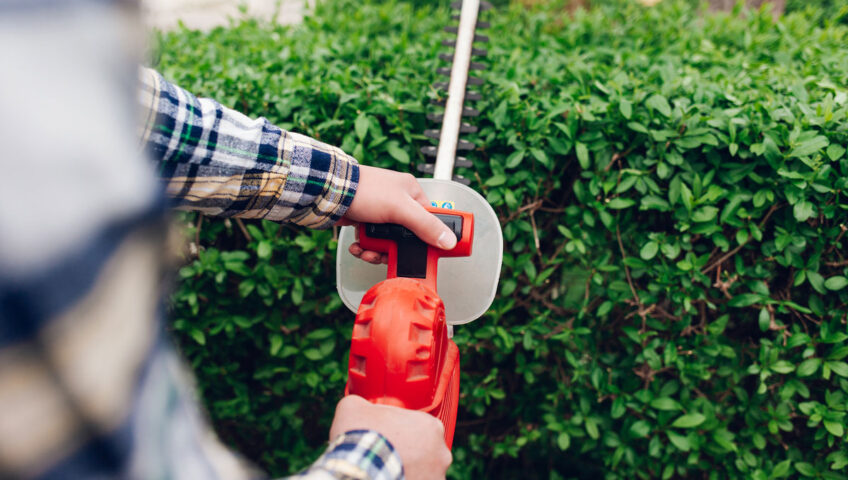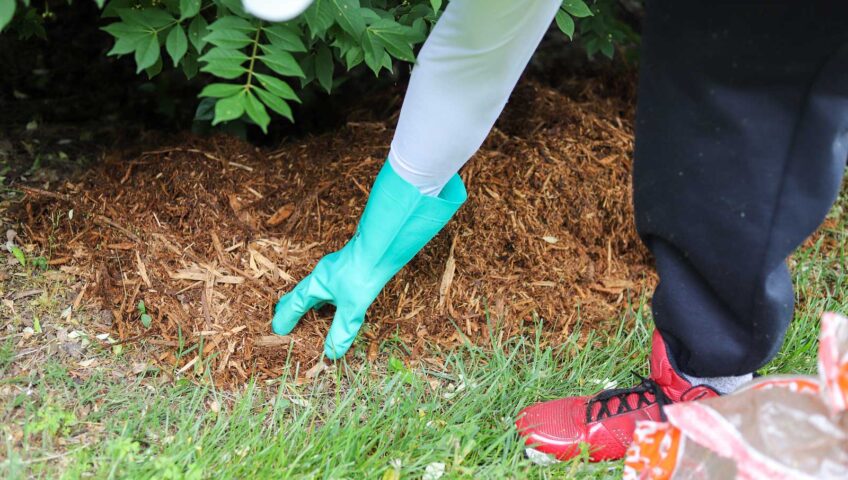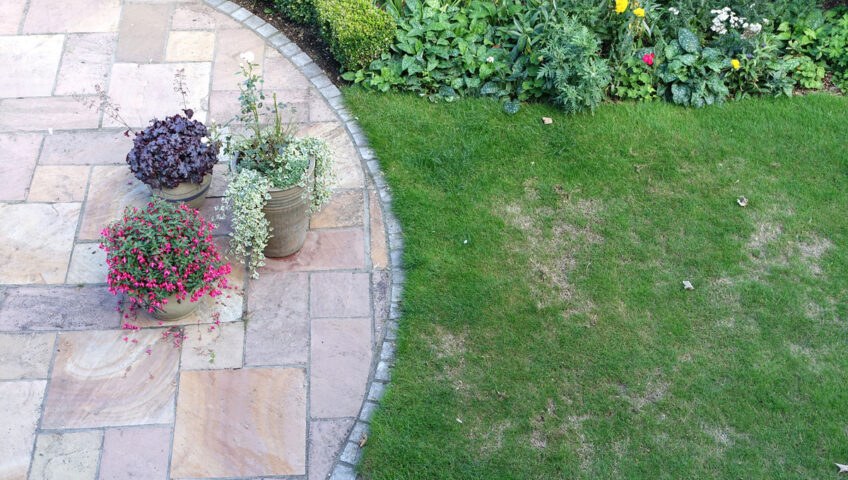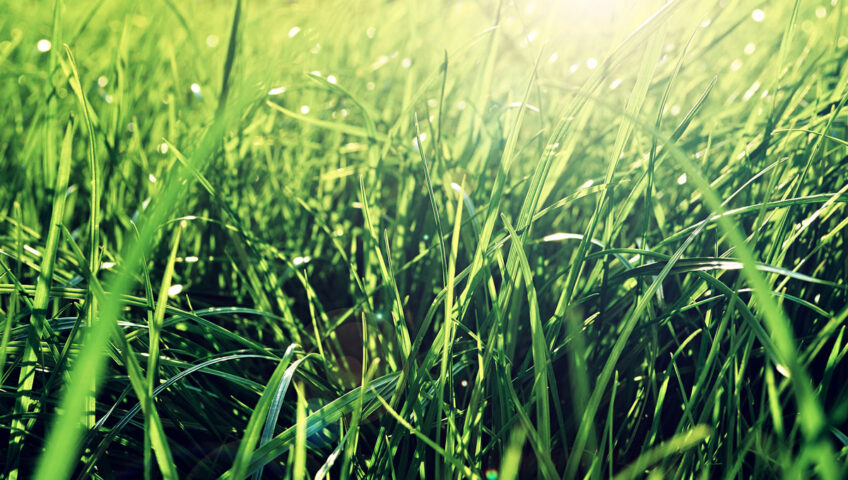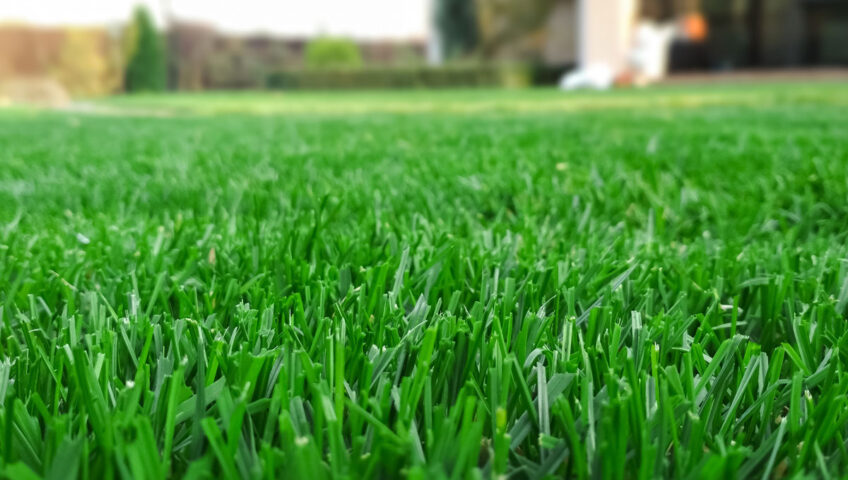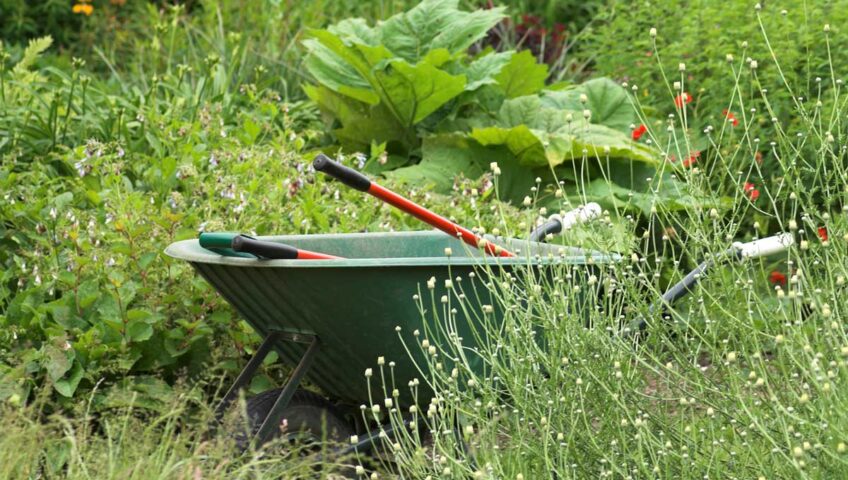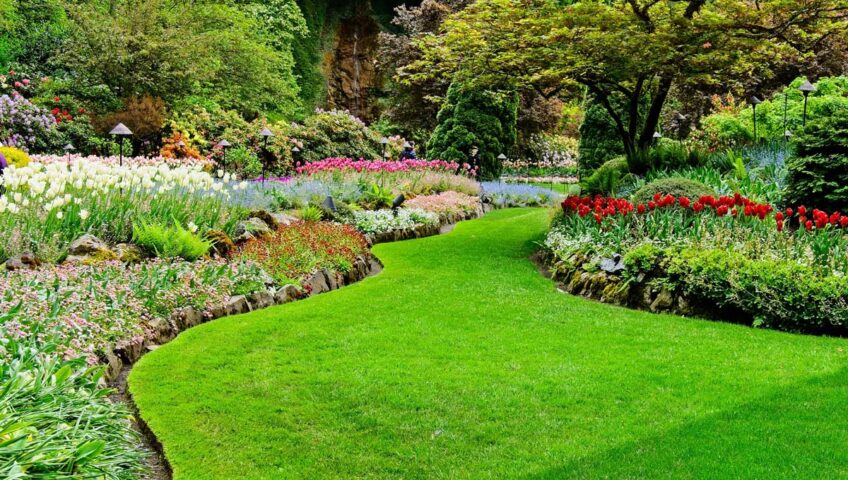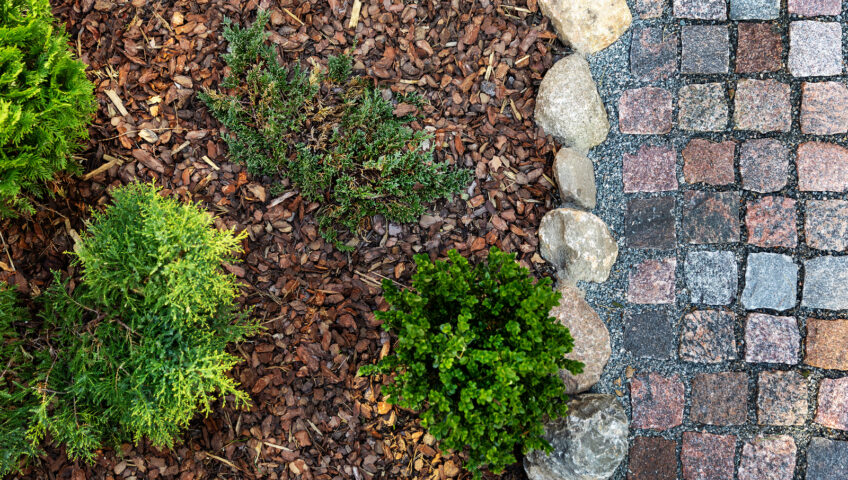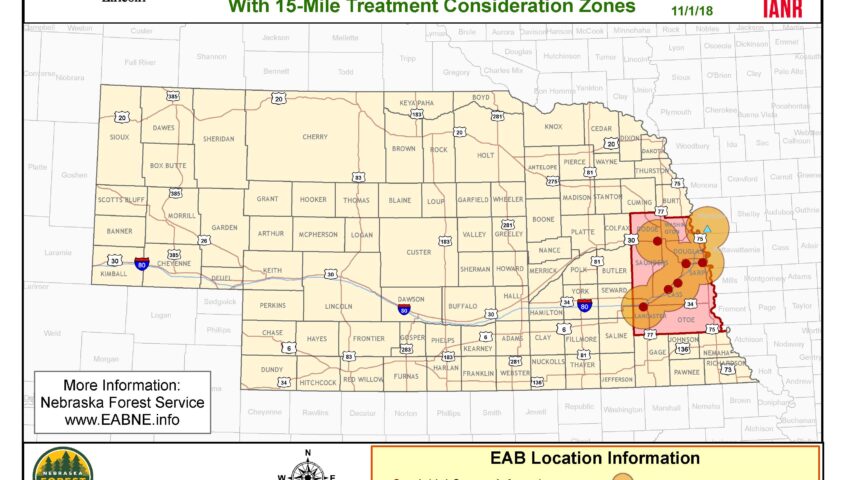Though perhaps not the most popular types of landscaping plant, bushes, shrubs, and hedges are beautiful plants that add natural beauty and curb appeal to your home. Easy-to-maintain and often vibrant year-round, they make a great addition to accent your lawn, trees, gardens, and hardscapes, such as walks, patios and walls. They can also be great ways to provide a windbreak, privacy screen, or even a living fence around your yard. Keep reading to learn about the types of trimmers you can opt to use, as well as some tips on how to trim bushes yourself.
Types of Trimmers
If your bushes are left to become overgrown, however, they can negatively impact your curb appeal, making your yard look messy and unkempt. But maintaining these types of plants is actually quite simple, thanks to readily available and affordable hedge trimmers. There are three types of hedge trimmers available, depending on your individual needs and preferences:
- Gas-powered Trimmers
These trimmers have the most powerful engines, and are best for cutting through thicker branches. They also have the advantage of not being tethered by a cord, which makes them a great option for people with large yards. They can be more expensive than other trimmer options, and require you to mix a small amount of oil with the gas in order to keep the engine lubricated.
- Corded Trimmers
Less expensive in quieter than gas-powered trimmers, corded trimmers are a great option for those with smaller yards and are virtually maintenance-free. You also don’t have to worry about using a pull-start or a choke to get it going each time you use it. They are slightly less powerful, making them better suited to small and medium-sized bushes.
- Cordless Trimmers
While cordless trimmers have been around for a number of years, it was only recently that, thanks to advancements in battery technology, that they became a popular option for trimming bushes. Much like corded trimmers, they require little maintenance, are easy to start, and are very quiet. While they can be less expensive than gas-powered trimmers, many require you to purchase the battery and charger separately, which can make them more expensive than corded options.
Hedge trimmers are very simple to use, though it is important to be careful as they have sharp blades. Always keep two hands on your trimmer when it is turned on. If you find a branch that is too thick to cut with your trimmers, never try to hold it still with one hand while cutting. Instead, use a pair of hand pruners to ensure you don’t accidentally injure yourself or the bush with your powered trimmers.
Trimming Your Bushes
The number of times you trim your bushes every year depends on the look you’re going for. If you want less formal, more natural-looking bushes, trim them just once or twice a year. For more formal bushes and hedges, you’ll want to trim three to four times per year.
Start trimming your bush from the bottom and work your way up, taking on a little bit off at a time. Avoid trimming the bush into a “V” shape, which discourages light from getting to the bottom branches and root system, and can make them lose their leaves or needles. Instead, aim for a shape that is slightly wider at the bottom, which allows optimal exposure to sunlight and promotes a full, lush bush.
To cut the top flat, hold the blade level with the ground and move from right to left, then left to right. Take only a little bit off at a time, guiding the blade as level as possible. For tall bushes or hedges, you can use stakes with a string tied across them as a guide to get a straight, even cut. Stop as you go to use your hands to remove cut pieces from the bush. It will likely take several passes to get the bush into the shape you want.
Make sure to trim bushes in the early morning or late afternoon to avoid sunburning the freshly cut branches. You should also avoid trimming bushes in early spring when birds are nesting. When you’re done trimming the bush, you should go through it by hand with your pruning shears to find and remove any dead or diseased branches inside of the plant.
If you aren’t confident trimming your own bushes, Liberty Lawn is here to help. We offer all kinds of yard services, including bush trimming, to keep your yard looking its best all season long. Give us a call today to schedule a free consultation!

